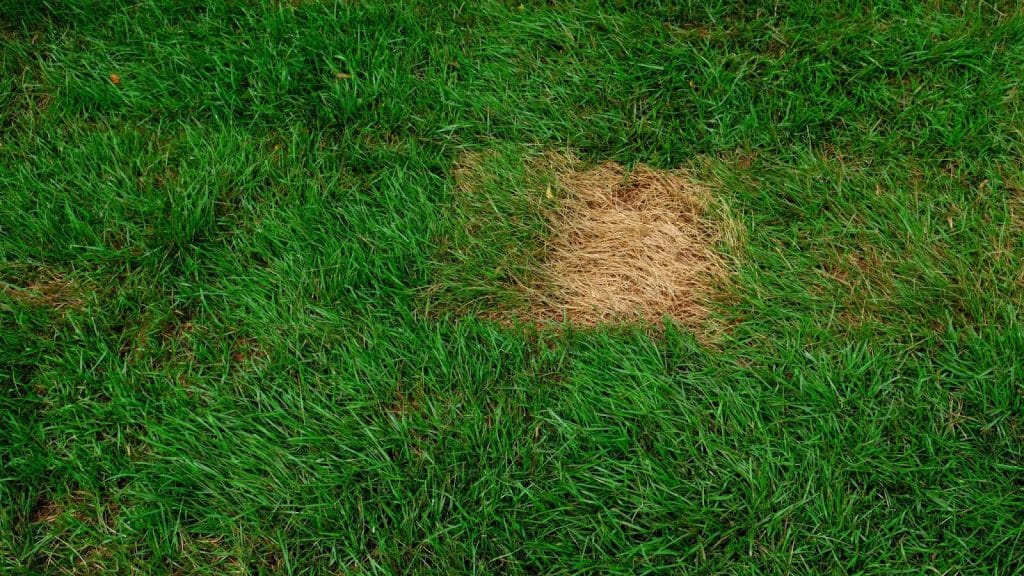8 Pro Tips for Getting Your Lawn Green After a Drought
After a drought, restoring your lawn to its lush, green glory can be a challenging task, but with the right approach, it’s certainly achievable. Here are eight expert tips to help your lawn recover and thrive even after the harshest dry conditions.

1. Assess the Damage
Before taking any action, assess the condition of your lawn. Identify which areas have been most affected by the drought. Brown or bare spots indicate severe damage, while areas with just minor discoloration may recover more quickly. Understanding the extent of the damage will help you tailor your recovery efforts.
2. Water Deeply and Infrequently
Post-drought, it’s crucial to water your lawn deeply but less frequently to encourage the roots to grow deeper into the soil. Watering in this manner helps the grass become more drought-resistant in the future. Early morning is the best time to water, as it allows the lawn to absorb moisture before the heat of the day.
3. Aerate Your Lawn
Aeration involves perforating the soil with small holes to allow air, water, and nutrients to penetrate the grass roots. This process is especially beneficial after a drought because it helps alleviate soil compaction, which can be a common issue. Aerating your lawn will improve its overall health and help it recover more quickly.
4. Reseed with Drought-Resistant Grass
If parts of your lawn have not survived the drought, reseeding is necessary. Choose drought-resistant grass varieties, such as Bermuda grass or Zoysia grass, which are well-suited for Texas weather. These grasses can thrive in hot, dry conditions and will help your lawn recover more quickly.
5. Apply Fertilizer Appropriately
Fertilizing your lawn provides the necessary nutrients for recovery. However, be cautious with the type and amount of fertilizer you use. A slow-release fertilizer is often best, as it provides a steady supply of nutrients over time. Avoid over-fertilizing, as this can stress the grass and hinder recovery.
6. Mow at the Right Height
After a drought, it’s important to mow your lawn at the correct height to avoid stressing the grass further. Set your mower to a higher setting, leaving the grass longer, which will help retain moisture and protect the roots. Additionally, ensure your mower blades are sharp to avoid tearing the grass, which can lead to further damage.
7. Remove Thatch Build-Up
Thatch is a layer of dead grass and organic material that can accumulate on your lawn over time. After a drought, thatch can prevent water and nutrients from reaching the soil. Removing this layer by dethatching will allow your lawn to breathe and recover more efficiently.
8. Keep Foot Traffic to a Minimum
While your lawn is recovering, it’s important to minimize foot traffic on it. Walking on a stressed lawn can cause further damage to the already weakened grass. If possible, create temporary pathways to keep foot traffic off the lawn until it has fully recovered.
Revitalize your Fort Worth yard with Clearfork Lawn Care’s expert services. Whether you need help with artificial turf, lawn care, or landscape design and construction, our team is here to ensure your outdoor space looks its best. Contact us today to restore your lawn’s beauty and keep it healthy year-round.
